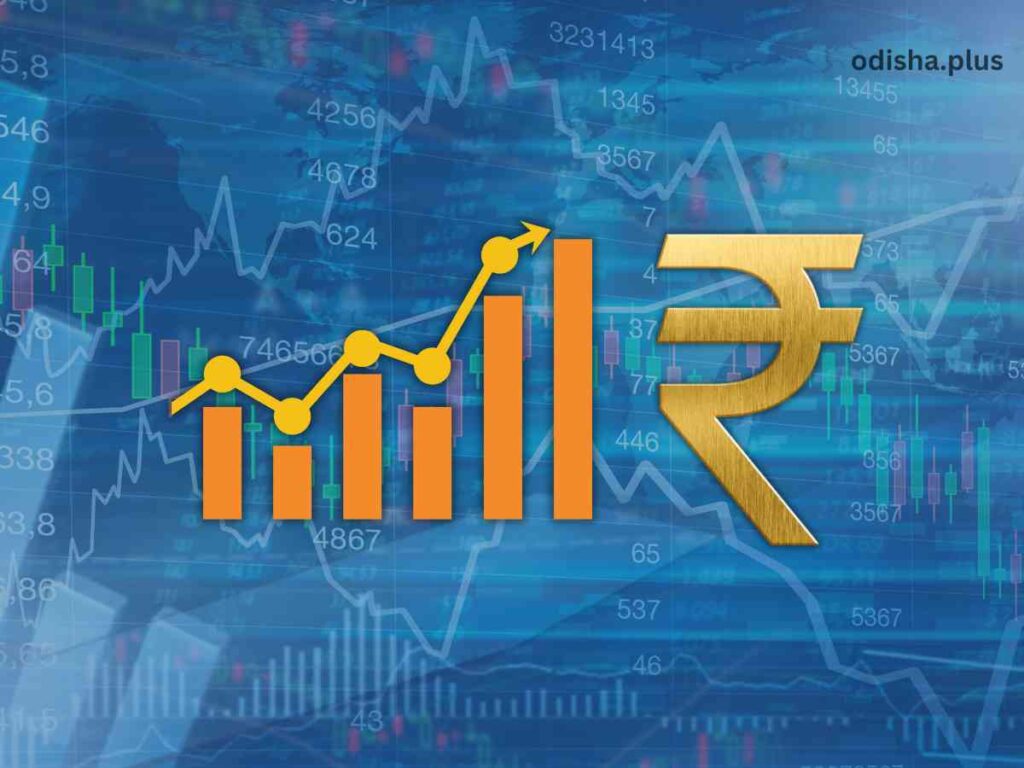Can India become a high-income nation by 2047, overcoming significant economic and demographic challenges?
Sarat Kumar Mishra

The Atlas method of the World Bank stipulates a high-income country needs to have a per capita income above USD 14005. Below that and above USD 4516, the country gets into the status of an upper middle-income nation. As such a natural question strikes an inquisitive and analytical mind, whether India will be able to cross the vestibule to enter into the compartment of high-income and advanced nations by 2047? Is the same in the realm of feasibility or a far-fetched aspiration?
A threadbare analysis of possible scenarios on five pivotal areas is basic to gauge how far the assertions would be visible at the grassroots. One can draw seminal clues from our position of 31st March 2024. A nominal GDP of 3.80 trillion USD meant, per head annum income, hovering around USD 2700. In other words, to be a high-income nation, the same needs to increase by 5.40 times in the next 23 years overcoming all obstacles arising on the way. The other caveat is that the lotus of categorization does not shift.
Fundamental Assumptions
Factors like high annual growth over such a long period, political stability, impact of cutting-edge technology on the labor force, volatility of the forex market, INR holding ground against USD and rolling out of socio-economic reforms are key to determining the fate of an arduous journey. These dynamics to materialize are directly proportionate to certain fundamental assumptions.
Our population of 110 crore in 2011 has reached a whopping 144 crore to add a whole of the USA in 13 years. Unless the growth rate over such a huge base comes down to net ‘ZERO,’ we will be at an alarming 200 crore mark by fall of 2047 to baffle everything.
However, looking at the pattern of growth and fall in birth rate, the experts estimate our population at 167 crore by 2050. We seriously need stringent and drastic population control measures to mandate a maximum of two children per woman or man from single or multiple marriages or any other relationship to act the right prophylaxis to cure and avert a population explosion. All efforts are to be made not to allow our population to cross the 150 crore barrier.
Along the side of population control, the conviviality of annual economic growth at 7.50% or more is needed to reach a GDP of 22 trillion USD by 2047. The task, therefore, though not impossible, is daunting for sure. That to happen, political stability and transparent economic and tax platforms are required to be indispensable policy features irrespective of any party or coalition in power.
The direction of the global headwinds being unpredictable, our alacrity and capability to withstand challenges emerging from different corners will be put to the test. To the list of belligerent China and rogue Pakistan, the recent addition is Bangladesh which has turned unreliable. The escalated conflicts in the Middle East and the ongoing Russia-Ukraine war are big concerns to adversely impact the global economy and nation-to-nation relations.
The unpredictability of the long-term pressure of sophisticated technologies forces one to keep the fingers crossed and desist from commenting on the possibility of a reduction of manpower engaged in different sectors. For an ultra-high-populous country like India balancing between the technology needed to keep pace with the time and the demand for employment by millions of youths is indeed a herculean task.
To sustain a high growth rate for a protracted period, investment, merchandise exports emanating from the manufacturing sector, fiscal deficit not breaching a tolerance level, average inflation remaining in and around 4%, and bridging the skill gap of our youths need no over-emphasis. The challenges are innumerable even if ours is the fastest-growing major economy today.
The chief economic commentator in the Financial Times, London, Martin Wolf is convinced that India will become a superpower by 2047, but a high-income one is perhaps a stretch. China grew at a much higher rate from 2000 to 2020 as globalization of trade and manufacturing was considered by the nations, a necessity. But today the nations are turning insular and inward-looking with anti – globalization sentiments.
Nation-centric Approach
The political situations and changes in the helm in sight or in the offing in many countries and the economic challenges compel many governments to go nation-centric and populist. They seek a revocation of the existing trade practices. Kristalina Georgieva, MD, IMF predicts a tepid growth and more disconnect in coming years.
To script and sustain a high growth rate for a long India must double the speed and volumes of exports vis-a-vis what are happening at the world level. However, it is easier said than done. Though India is an obvious plus-one country to attract investors who want to diversify or leave China, there is still a long way to go. We get a stiff challenge from Vietnam as a natural choice. China as the prime global manufacturer is still ahead of others even if it is entangled in a huge debt burden and real estate crisis.
Does India offer quality administration and state-of-the-art infrastructure to cast a positive spell on investors in a big way? The answer is ‘No’ as of now. The established Chinese infrastructure level and tested supply chain are much ahead of us. Having said that, the PLI scheme and a streamlined corporate tax regime in India offers incentives. But these are not enough as the skill gap is a concern for big investors.
The intrusive nature of some nations and the world ostensibly getting divided into West and USA on one side and Russia, China, Iran and North Korea on the other are catapulting the globe into a situation reviving the reminisce of the Cold War. The blowing global headwinds give a fillip to protectionism and a rising nationalism against the backdrop of uncertainties in the political arena. In global trade, today exists trust deficits and fluid situations. In a sense, the gravity is turning big and who knows the fate of the world order if protectionism hugely grows and impounds the global system snowballing into unfortunate situations.
Amidst the whole scenario, India is relatively better positioned but still the success of the trio: the political will, people’s mettle, and policy efficacy will be the determinants to overcome the domestic and global headwinds. Two more areas where we must excel are self-reliance in semiconductors and producing enough green energy to substitute fossil fuels to carry forward the mission 2047 to the crescendo.
(The writer is a former banker. Views expressed are personal.)






















